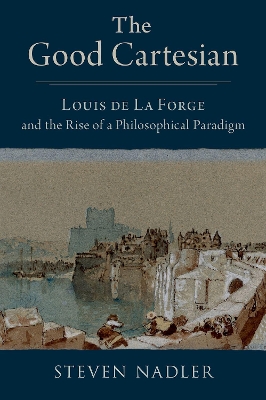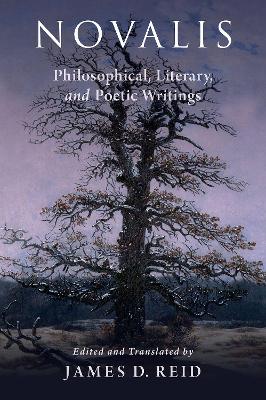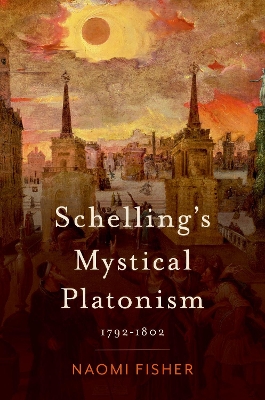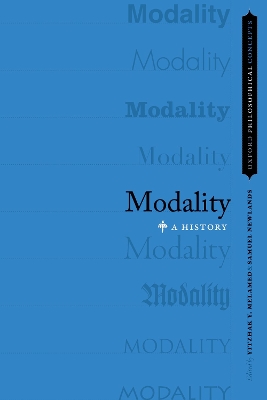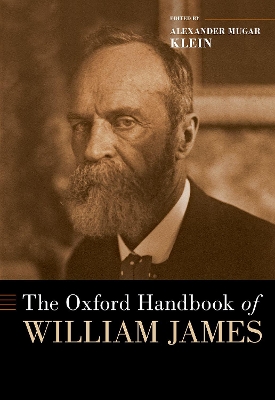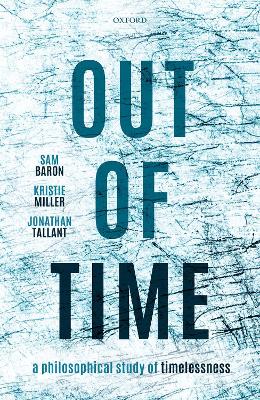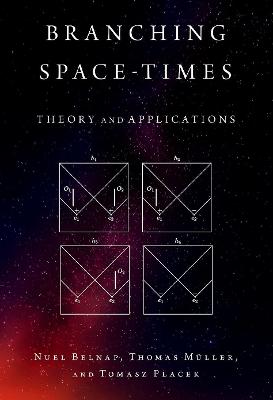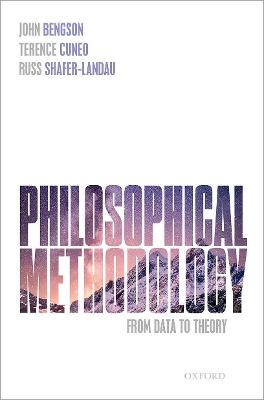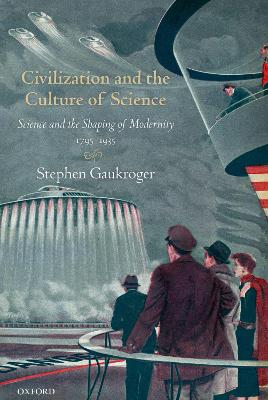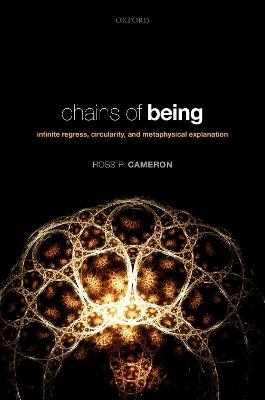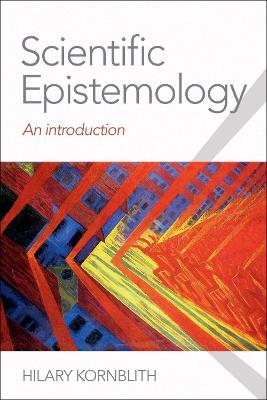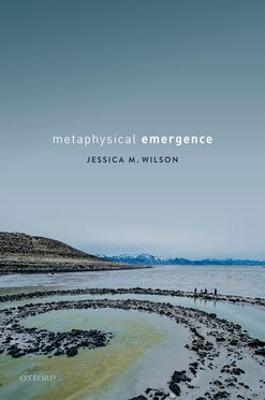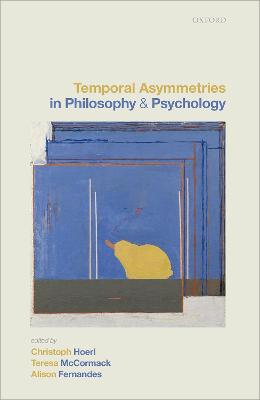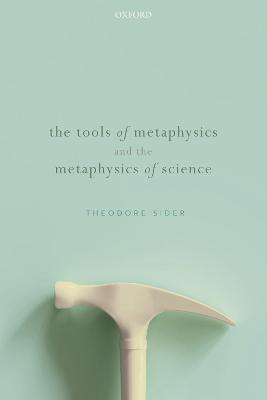Philosophical Mechanics in the Age of Reason
 -10%
portes grátis
-10%
portes grátis
Philosophical Mechanics in the Age of Reason
Brading, Katherine; Stan, Marius
Oxford University Press Inc
02/2024
448
Dura
Inglês
9780197678954
15 a 20 dias
1.1. Introduction
1.2. The Problem of Bodies
1.3. Philosophical mechanics
1.4. Constructive and principle approaches
1.5. The Unity of Physical Theory
1.6. Collisions and constraints: PCOL and PCON
1.7. Methods
1.8. Audience
1.9. Overview
1.10. Conclusions
2. Malebranche and French collision theory
2.1. Introduction
2.2. Correcting Descartes: Malebranche's early theory of collisions
2.3. Leibniz's objections to Malebranche's early collision theory
2.4. Malebranche's mature theory of collisions
2.5. After Malebranche: hard bodies in the competition of 1724 and beyond
2.6. After Malebranche: elastic rebound and the prize competition of 1726
2.7. Open questions, hidden problems
2.8. Conclusions
3. Beyond Newton and Leibniz: bodies in collision
3.1. Introduction
3.2. Newtonian collisions
3.3. Leibniz on collisions
3.4. Leibnizian collisions in Hermann and Wolff
3.5. The Problem of Collisions (PCOL)
4. The Problem of Bodies
4.1. Introduction
4.2. The scope and remit of physics
4.3. The Problem of Bodies: Nature and Action
4.4. The Problem of Bodies: Evidence and Principle
4.5. The methods of Newtonian physics
4.6. Substance and causation
4.7. The goal: a philosophical mechanics
5. Body and force in the physics of collisions: Du Chatelet and Euler
5.1. Introduction
5.2. Nature: extension as a property of bodies
5.3. Action
5.4. Du Chatelet and Action
5.5. Euler and Action
5.6. Conclusions
6. Searching for a new physics: Kant and Boscovich
6.1. Introduction
6.2. The physics of bodies in Kant and Boscovich
6.3. Kant's philosophical mechanics
6.4. Boscovich's philosophical mechanics
6.5. Conclusions
7. Shifting sands in philosophical mechanics
7.1. Introduction
7.2. Methodology
7.3. Elusive mass
7.4. Contact action
7.5. A general theory of bodies in motion
7.6. Shifting sands
7.7. From rational to philosophical mechanics
7.8. Rational mechanics ascendant
7.9. Conclusions
8. Early work in the rational mechanics of constrained motion
8.1. Introduction
8.2. Personnel and work sites
8.3. New territory: oscillating systems
8.4. The compound pendulum
8.5. From special problems to general principles
8.6. Implications for philosophical mechanics
8.7. Conclusions
9. Constructive and principle approaches in d'Alembert's Treatise
9.1. Introduction
9.2. Constructive and principle approaches
9.3. D'Alembert's Treatise on Dynamics: its structure and contents
9.4. The Treatise as rational mechanics
9.5. The Treatise as philosophical mechanics: a constructive reading
9.6. The Treatise as philosophical mechanics: a principle reading
9.7. The unity of philosophical mechanics: ontic and nomic
9.8. Nature, Action, Evidence, and Principle
9.9. Conclusions
10. Building bodies: Euler and impressed force mechanics
10.1. Introduction
10.2. Solving MCON
10.3. Newton's Lex Secunda, Euler's principles, Cauchy's laws of motion
10.4. Solving MCON1
10.5. Assessment
10.6. Conclusions
11. External obstacles: Lagrange and the mechanics of constraints
11.1. Introduction
11.2. The Principle of Virtual Velocities and Lagrange's Principle
11.3. Constraints: equations of condition
11.4. Lagrange's Relaxation Postulate: the kinematics and dynamics of constraints
11.5. Philosophical mechanics and Lagrange's Mechanique
11.6. Action
11.7. Evidence
11.8. Assessment
11.9. Conclusions
12. Philosophical mechanics in the Late Enlightenment
12.1. Introduction
12.2. Makers and spaces
12.3. Lagrangian nomic unification
12.4. Molecular ontic unification
12.5. The Cauchy package
12.6. Disunity
12.7. Conclusions: A Golden Age
1.1. Introduction
1.2. The Problem of Bodies
1.3. Philosophical mechanics
1.4. Constructive and principle approaches
1.5. The Unity of Physical Theory
1.6. Collisions and constraints: PCOL and PCON
1.7. Methods
1.8. Audience
1.9. Overview
1.10. Conclusions
2. Malebranche and French collision theory
2.1. Introduction
2.2. Correcting Descartes: Malebranche's early theory of collisions
2.3. Leibniz's objections to Malebranche's early collision theory
2.4. Malebranche's mature theory of collisions
2.5. After Malebranche: hard bodies in the competition of 1724 and beyond
2.6. After Malebranche: elastic rebound and the prize competition of 1726
2.7. Open questions, hidden problems
2.8. Conclusions
3. Beyond Newton and Leibniz: bodies in collision
3.1. Introduction
3.2. Newtonian collisions
3.3. Leibniz on collisions
3.4. Leibnizian collisions in Hermann and Wolff
3.5. The Problem of Collisions (PCOL)
4. The Problem of Bodies
4.1. Introduction
4.2. The scope and remit of physics
4.3. The Problem of Bodies: Nature and Action
4.4. The Problem of Bodies: Evidence and Principle
4.5. The methods of Newtonian physics
4.6. Substance and causation
4.7. The goal: a philosophical mechanics
5. Body and force in the physics of collisions: Du Chatelet and Euler
5.1. Introduction
5.2. Nature: extension as a property of bodies
5.3. Action
5.4. Du Chatelet and Action
5.5. Euler and Action
5.6. Conclusions
6. Searching for a new physics: Kant and Boscovich
6.1. Introduction
6.2. The physics of bodies in Kant and Boscovich
6.3. Kant's philosophical mechanics
6.4. Boscovich's philosophical mechanics
6.5. Conclusions
7. Shifting sands in philosophical mechanics
7.1. Introduction
7.2. Methodology
7.3. Elusive mass
7.4. Contact action
7.5. A general theory of bodies in motion
7.6. Shifting sands
7.7. From rational to philosophical mechanics
7.8. Rational mechanics ascendant
7.9. Conclusions
8. Early work in the rational mechanics of constrained motion
8.1. Introduction
8.2. Personnel and work sites
8.3. New territory: oscillating systems
8.4. The compound pendulum
8.5. From special problems to general principles
8.6. Implications for philosophical mechanics
8.7. Conclusions
9. Constructive and principle approaches in d'Alembert's Treatise
9.1. Introduction
9.2. Constructive and principle approaches
9.3. D'Alembert's Treatise on Dynamics: its structure and contents
9.4. The Treatise as rational mechanics
9.5. The Treatise as philosophical mechanics: a constructive reading
9.6. The Treatise as philosophical mechanics: a principle reading
9.7. The unity of philosophical mechanics: ontic and nomic
9.8. Nature, Action, Evidence, and Principle
9.9. Conclusions
10. Building bodies: Euler and impressed force mechanics
10.1. Introduction
10.2. Solving MCON
10.3. Newton's Lex Secunda, Euler's principles, Cauchy's laws of motion
10.4. Solving MCON1
10.5. Assessment
10.6. Conclusions
11. External obstacles: Lagrange and the mechanics of constraints
11.1. Introduction
11.2. The Principle of Virtual Velocities and Lagrange's Principle
11.3. Constraints: equations of condition
11.4. Lagrange's Relaxation Postulate: the kinematics and dynamics of constraints
11.5. Philosophical mechanics and Lagrange's Mechanique
11.6. Action
11.7. Evidence
11.8. Assessment
11.9. Conclusions
12. Philosophical mechanics in the Late Enlightenment
12.1. Introduction
12.2. Makers and spaces
12.3. Lagrangian nomic unification
12.4. Molecular ontic unification
12.5. The Cauchy package
12.6. Disunity
12.7. Conclusions: A Golden Age

